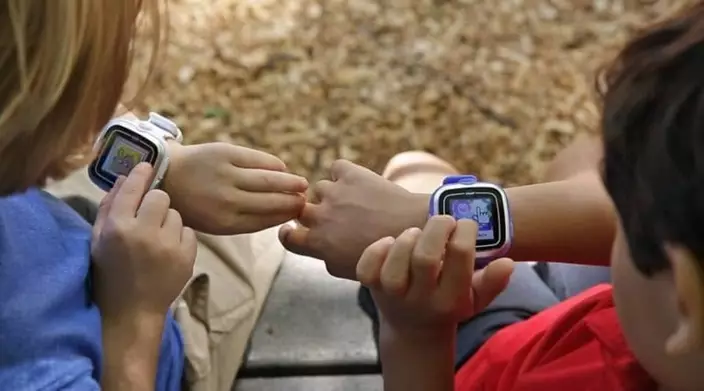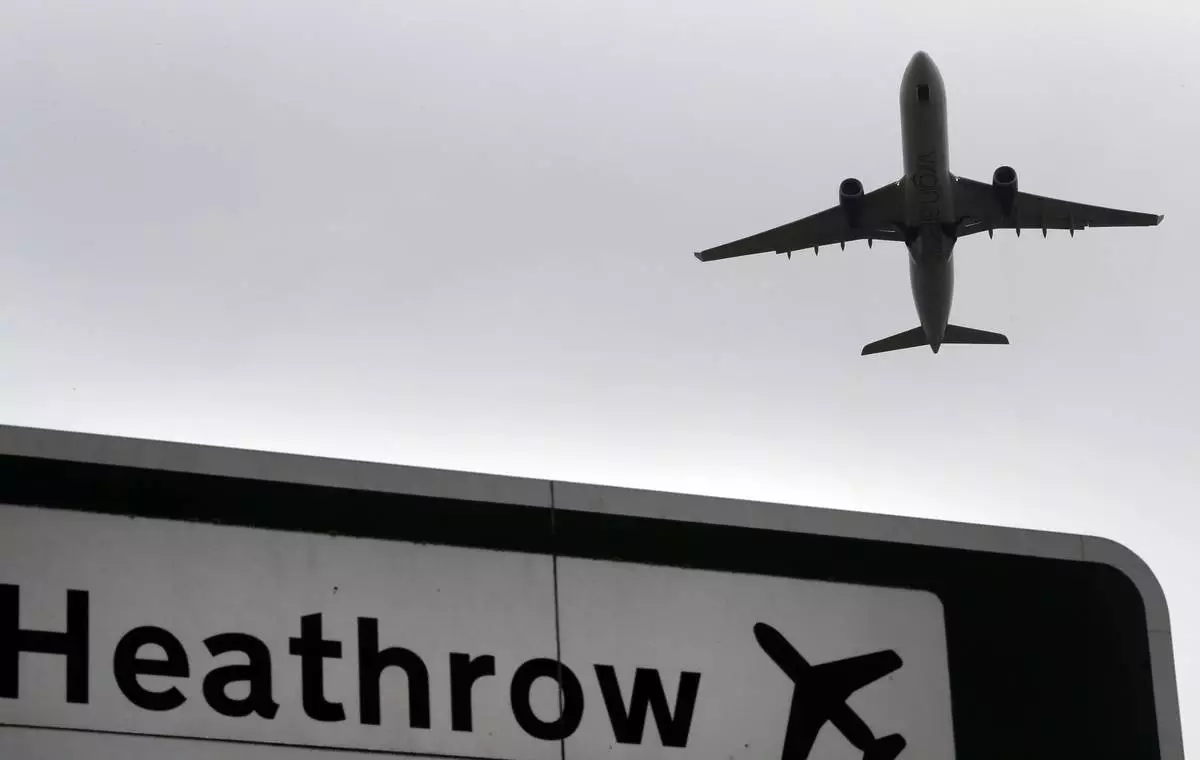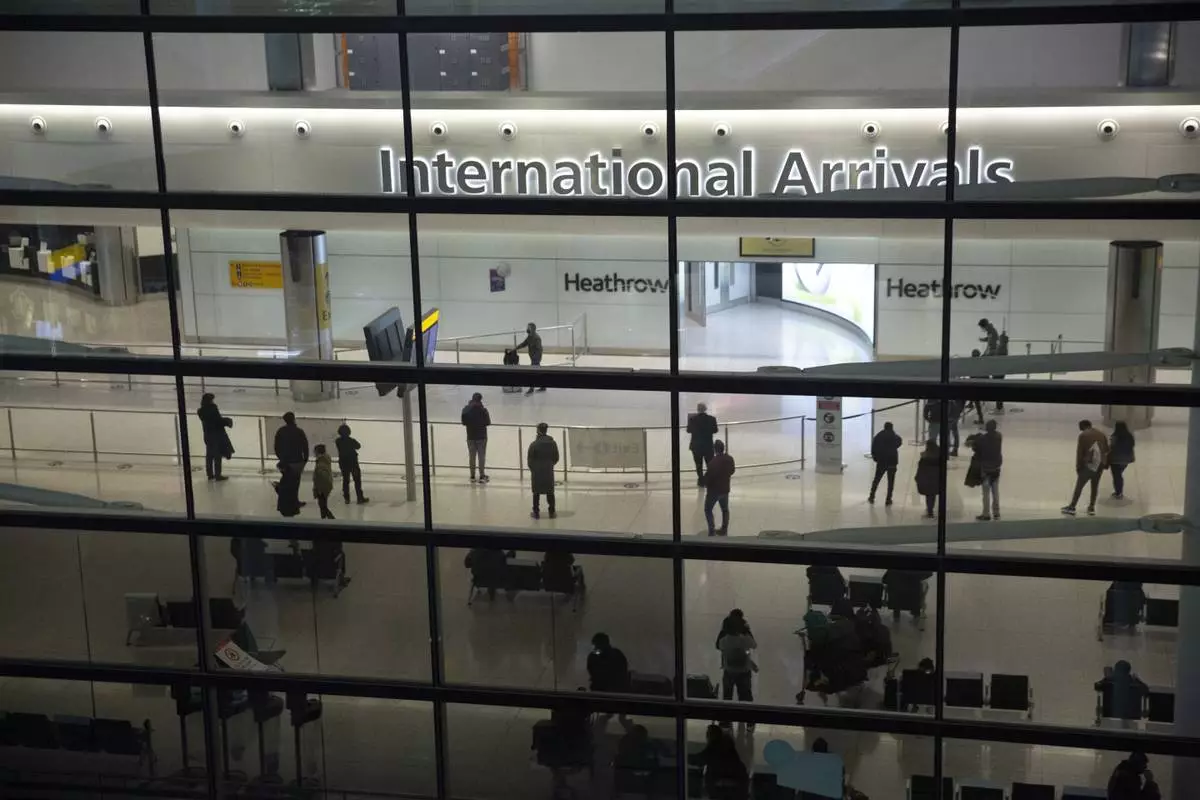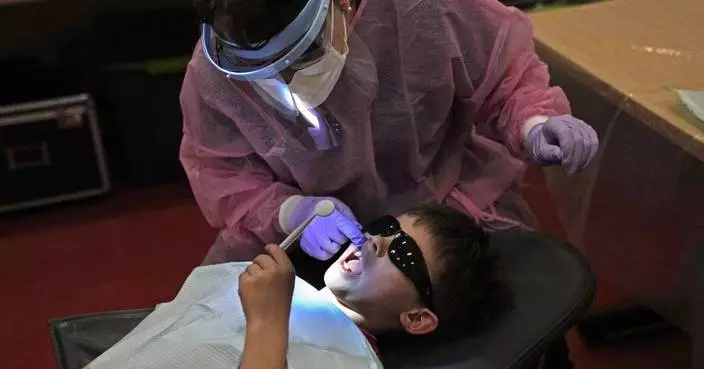Smartwatches designed to help parents keep tabs on children could create privacy and security risks, activist and consumer groups said Wednesday as they called for probes by regulators.
A coalition of child protection, consumer, and privacy groups asked the US Federal Trade Commission to investigate the risks posed to children by the devices and also called on retailers to stop selling the watches.

Online photo
The groups said consumer organizations in Europe were expected to file similar complaints with EU regulators.
The organizations contend that the devices, instead of keeping children safe, could make them vulnerable to hackers or criminals.
"By preying upon parents' desire to keep children safe... these smartwatches are actually putting kids in danger," said Josh Golin of the Campaign for a Commercial-Free Childhood in a statement.
"Once again, we see the Internet of Things products for kids being rushed to market with no regard for how they will protect children’s sensitive information. Parents should avoid these watches and all Internet-connected devices designed for kids."

Children with wearable smartwatches. /Gadgetsandwearables Photo
The actions come after research by the Norwegian Consumer Council highlighted security flaws in smartwatches designed for children, which transmit and store data without encryption.
With two of the watches, an attacker was able to take control of the watch, eavesdrop on conversations, communicate with the child, and access stored data about the child's location.
The Norwegian group also found that a "geofencing" feature meant to notify parents when a child leaves a specified area did not work as advertised, according to the organizations.
The study examined smartwatches sold under the Caref brand, marketed as Gator in Europe, SeTracker, Xplora and Tinitell.
"The devices implicate not only the data privacy of children, but also their personal safety," said a letter to the FTC by the Electronic Privacy Information Center, Center for Digital Democracy, Campaign for a Commercial-Free Childhood, Consumer Federation of America, Consumers Union, Public Citizen and the US Public Interest Research Group.
"The devices create a new vulnerability that allows a third party to find a young child at precisely the time when the child is separated from a parent or guardian."
The same coalition warned last year of similar risks from Internet-connected dolls, prompting an FBI warning and leading to many retailers taking the products off their shelves.
LONDON (AP) — Drink it or bin it: That phrase should have become history this summer at all U.K. airports.
But it's set to persist for at least another year after the British government said it will grant extensions to several large U.K. airports unable to meet the June 1 deadline to fully install new scanning technology. The airports include London’s two biggest, Heathrow and Gatwick.
The new scanners use computed tomography, commonly known as a CT scan, to produce clearer images. They are being rolled out globally, including in the U.S. and across Europe, and will allow passengers to go through security with 2 liters (70 ounces) of liquid in their hand luggage — rather than the current paltry 100 milliliters (3.5 ounces).
They will also mean laptops and tablets won’t need to be removed from bags — saving even more time.
The restrictions were introduced around the world in 2006 following a foiled terror plot to blow up planes flying from London to the U.S. with homemade liquid bombs. They were not expected to be in place for 18 years and have been cited as one of, if not the, biggest cause of delays at airport security checks.
A deadline for the new technology to be in place at U.K. airports had originally been set for December 2022 but that was delayed to this summer as a result of the huge disruption caused by the coronavirus pandemic.
The new deadline comes after airports reported that they were struggling to install the scanners ahead of the busy summer holiday period, largely due to supply chain delays and construction difficulties caused by the weight of the machines.
The Department for Transport said the extensions will be granted on a case by case basis and that it was exploring how financial penalties could be imposed for further non-compliance.
It did not provide a breakdown of the situation for each airport, citing security concerns, but said that by the start of June about half of passengers flying from U.K. airports will be processed by the new scanners. London City Airport, a popular short-haul airport, has already successfully introduced the new scanners, as has Teeside Airport in the northeast of England.
“These cutting-edge scanners will make air travel safer and easier for passengers by strengthening security even further," said Transport Secretary Mark Harper.
“The U.K. is leading the world with its rollout of this technology, but it’s important we give those airports yet to meet the deadline a second chance to get the job done. Until they do, passengers should continue to check before travelling.”
Heathrow has previously said it expects to have new scanners in all security lanes sometime this summer, while Gatwick expects to complete the program by the end of March next year. Manchester Airports Group, which runs Manchester, East Midlands and London Stansted airports, said its scanners will be fully rolled out in 2025.
“Airports are making excellent progress in delivering these multi-million-pound investment programmes, which will ensure the U.K. remains at the forefront of aviation security in the years ahead," said Karen Dee, chief executive of the trade body Airport Operators Association.
Naomi Leach, deputy editor of consumer magazine Which? Travel, said passengers leaving the U.K. should be warned about potential problems and delays ahead as different rules will apply at different airports.
“It’s imperative that these changes are made as quickly as possible and that the rules at different airports are communicated clearly to passengers in the meantime," she said.
If not, it's going to be heard again.
Drink it or bin it.

FILE - A plane takes off over a road sign near Heathrow Airport in London, June 5, 2018. The British government says it will grant extensions to several large U.K. airports unable to meet the June 1, 2024 deadline to fully install new scanning technology that would have allowed passengers to take two liters (70 ounces) of liquid in their hand luggage — rather than the current paltry 100 milliliters (3.5 ounces). (AP Photo/Kirsty Wigglesworth, file)

FILE - People in the arrivals area at Heathrow Airport in London, Jan. 26, 2021. The British government says it will grant extensions to several large U.K. airports unable to meet the June 1 deadline to fully install new scanning technology that would have allowed passengers to take two liters (70 ounces) of liquid in their hand luggage — rather than the current paltry 100 milliliters (3.5 ounces). (AP Photo/Matt Dunham, File)









